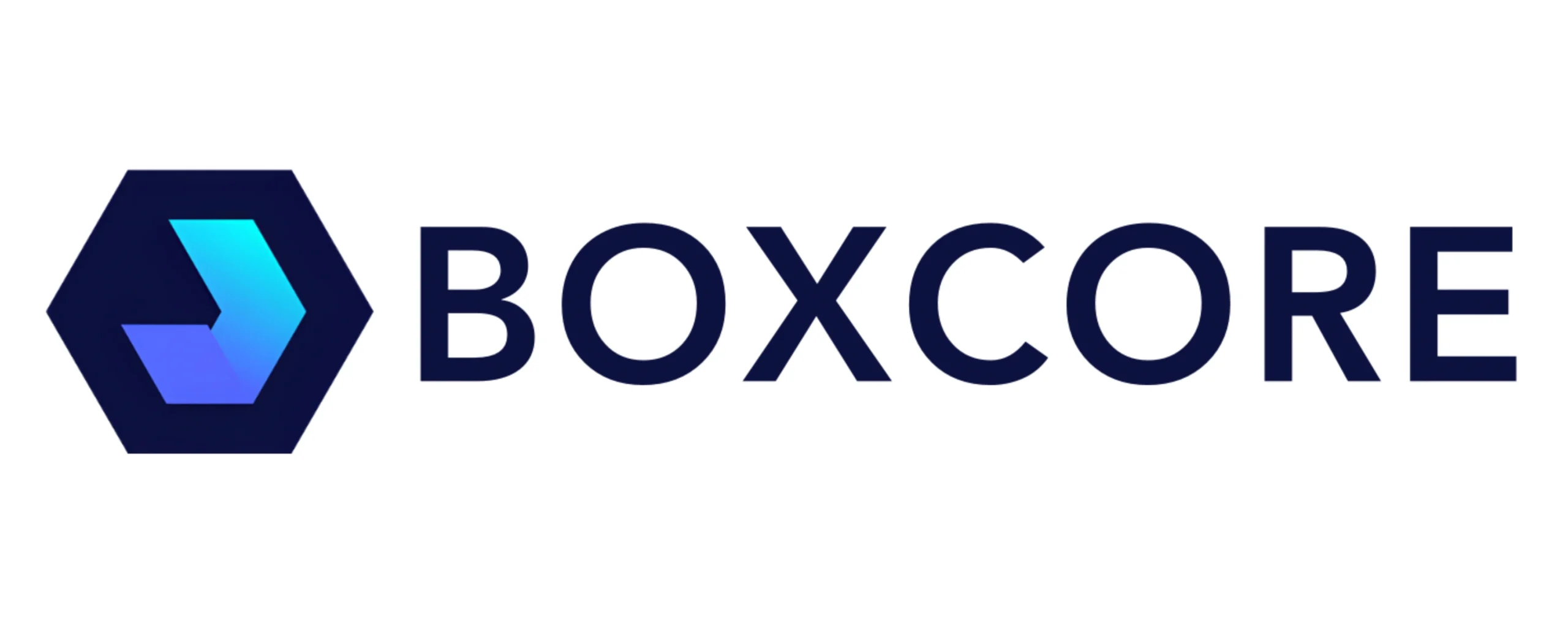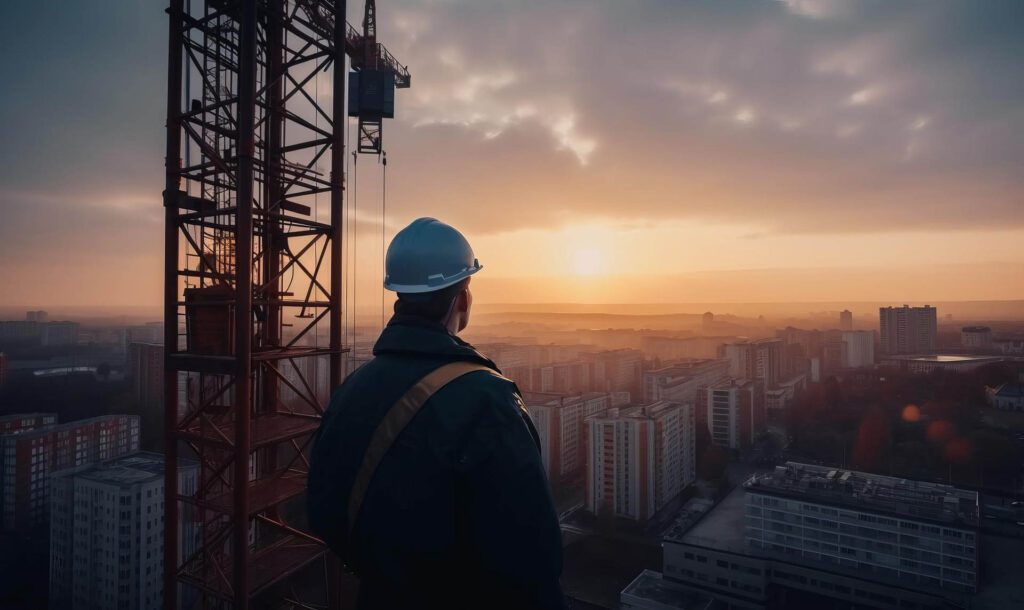The best construction safety software doesn’t just tick boxes. It actively reduces admin overload, improves workforce accountability, and gives decision-makers clarity at every level of a project. But in an industry where many platforms overpromise and underdeliver, how do you identify a system that actually works for boots-on-the-ground site teams?
This article cuts through the noise to examine the daily safety and compliance challenges contractors face, the common pitfalls in existing systems, and what truly separates the best construction safety software from the rest – especially on high-compliance builds.
Why Safety Software Fails on Construction Sites
The reality is, many systems introduced to improve safety on-site don’t get used. Why? Because they’re not built for the way construction teams actually work.
Here’s what typically goes wrong:
1. Poor Adoption by Frontline Teams
Too often, software is designed for back-office compliance managers, not for those operating in the unpredictable and fast-paced environment of the construction site. If it’s not simple, and if it doesn’t immediately makes the users life easier it won’t be used. Site teams are simply too busy to spend time using systems that require extensive training or setup. That’s a deal-breaker when worker safety and legal compliance are on the line.
2. Overcomplicated Interfaces
Excess features and poor design create barriers. When foremen or subcontractors need to click through endless menus to update a document or submit a report, it gets skipped or delayed. What you need is speed and clarity—especially on critical infrastructure projects like European data centres, where workforce turnover is high and deadlines are tight.
3. Fragmented Systems and Manual Handoffs
Contractors often juggle one tool for inductions, another for training records, another for access control – and still rely on Excel or WhatsApp for attendance or document requests. These silos introduce risk and waste time. Information becomes outdated, missed or duplicated.
4. Systems That Don’t Reflect Site Conditions
If software requires a fixed internet connection, local server installations, or long rollout times, it’s already unsuitable. Data centre projects across Europe, for instance, often involve fast mobilisations in rural or semi-rural locations. Contractors need platforms that can spin up quickly, adapt on the fly, and work in real-world site conditions.
Today’s Safety Compliance Demands
Across Ireland, the UK and Europe, the regulatory burden on contractors has intensified. Requirements include:
- Real-time verification of CSCS/SafePass card validity
- Evidence of task-specific and project-specific training
- Full audit readiness, often under ISO 45001 or client safety frameworks
- Digital capture of toolbox talks, inspections, RAMS and near-miss reporting
- Accurate time and attendance records across multiple subcontractors
And in high-spec environments like hyperscale data centres, these requirements are often doubled up with tiered access restrictions, enhanced security vetting, and daily compliance audits. The safety system you choose must meet this standard – out of the box.
What to Look for in the Best Construction Safety Software
To deliver real value, construction safety software must do more than digitise forms. It needs to simplify work for site crews while delivering actionable insight for managers. Based on feedback from over 1,100 live projects, including major data centres, here’s what to prioritise:
1. Cloud-Based Facial Recognition with No Local Hardware Dependencies
Contractors should avoid systems that require servers or local hardware to operate access control or time tracking. These setups introduce friction, delay deployment and are vulnerable to breakdowns. The best systems – like Boxcore’s access solution—are fully cloud-based, allowing instant setup, full scalability and real-time access to workforce data from anywhere.
Facial recognition, when embedded in a cloud-first platform, delivers fast, secure site entry with no setup headaches. This is vital when moving between sites or mobilising at short notice—as often seen in data centre construction.
2. Real-Time Attendance and Access Visibility
The best platforms show who’s on-site in seconds, broken down by company, role and access level. You should also be able to restrict access based on expired training, incomplete induction or missing RAMS.
Boxcore’s facial recognition time tracking does this automatically—meaning you’ll never be caught out during a client audit or regulator visit.
3. Speed of Setup and Ease of Use
For contractors working on fast-track projects like European data centres, delays are not an option. Boxcore systems can be deployed with live data in under 48 hours. There’s no need for external consultants or weeks of training. Subcontractors and site crews are up and running in minutes—not days.
Explore the General Contractor features here
4. Fully Integrated Safety and Workforce Management
Instead of switching between siloed tools, look for software that does it all:
- Digital inductions
- Document and training tracking
- Asset inspections
- Toolbox talks
- Permit management
- Daily briefings and safety forms
- Time and attendance
- Access control
Boxcore unifies all of these into one interface, delivering a single source of truth for site safety.
A System Built for Complex Builds and Multi-Stakeholder Environments
Boxcore has been used on over 1,100 projects, with around 40,000 worker profiles currently active. Adoption is high on projects with layered stakeholder requirements—especially data centre builds where both the client and multiple subcontractors need to verify workforce compliance in real-time.
From Ireland to the Netherlands to Sweden, data centre contractors have chosen Boxcore for one reason—it works at site level.
Read how Boxcore simplifies complex safety workflows
What the Best Construction Safety Software Should Deliver
Here’s what you should expect from a top-tier solution:
- Rapid deployment – go live in hours or days
- Scalability – works whether you’re onboarding 20 workers or 2,000
- Full audit readiness – digital trail of every training, document and incident
- Real-time dashboards – see safety status, training gaps and attendance across sites
- Minimal support requirements – intuitive enough for operatives to self-navigate
“At the end of the day, our goal is simple—we want to give contractors tools that actually make their lives easier on site. It’s about cutting down the admin, improving safety and helping teams get the job done with less hassle.”
— Padraig Reilly, CEO & Founder of Boxcore
A Note on Onboarding and Support
The best safety software won’t just be easy to use—it will come with expert support. With Boxcore, every client is assigned a dedicated Customer Success Manager. Subcontractors receive free training and document migration is handled as part of the setup—helping contractors avoid the usual delays in getting started.
Avoiding the Common Pitfalls
Before you commit to any construction safety platform, check for the following red flags:
- ❌ Requires local servers or fixed hardware
- ❌ Takes more than a week to deploy
- ❌ Only works on desktop or is poor on mobile
- ❌ Does not support facial recognition
- ❌ Needs third-party apps or integrations to deliver core features
If the answer is yes to any of the above, it’s not built for modern construction.
Final Thoughts
Choosing the best construction safety software isn’t about digital transformation slogans. It’s about finding tools that work on real projects—under real pressure. Whether you’re running a short-term civils job or managing phased data centre delivery across Europe, you need a system that’s cloud-based, mobile-ready, and built for fast results.
Boxcore delivers all of that and more—already trusted by hundreds of contractors to manage site access, workforce records and critical safety data.
If you’re ready to cut the admin and improve site safety without the delays, book a demo today.


